It is impossible to imagine the modern world without such an important invention as artificial lighting. In the evenings, streets and roads are illuminated with lanterns, spotlights in the country house or a light bulb in the apartment, allow you to move freely and go about your business even in the dark. Not so long ago, a new device came to the Russian markets - an infrared motion sensor to turn the light on and off indoors or outdoors. This device is responsible for the operation of lighting devices - bulbs, lamps and other things. The light comes on every time a person walks past the sensor or a vehicle passes by. H To understand the true purpose and advantages of this device, you need to familiarize yourself with its characteristics. All the advantages and benefits of sensors will be discussed below.
Scope of application
It is inconvenient to wander along a dark corridor in search of a switch; you can easily forget about a switched on light bulb. The use of sensors allows you to save up to 80% of energy. You don't have to constantly press the switch, the system will do everything for you. Sensors are used to automatically turn on various devices, including lamps, alarm systems, ventilation.
The device is ideal for a pantry, basement, corridor, staircase. In rooms where people are constantly, for example, in the living room, sensors are usually not installed. If you stop moving or find yourself in a "dead zone", that is, a part of the room that is not affected by the device, the light will go out. Of course, no one will like it if the light is constantly blinking. Therefore, sensors are usually not used in living rooms.
It is interesting. The sensor will only work if the human body temperature is 5 degrees higher than the ambient temperature.
Many people make installation in suburban areas. Devices can react to movement and general illumination. In this case, the lights work only in the dark.
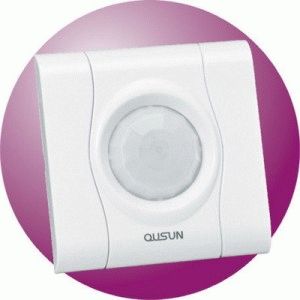
Principle of operation
The device emits infrared rays that react to heat radiation emanating from a person. The main feature of this type of devices is that they ignore the change in temperature outside. The overwhelming majority of sensors also do not respond to pets. First, the device closes the circuit, and then gives a signal to turn on the lamp connected to it. The glow time is set in advance, after a specified period, the device turns off. The sensor operates at a distance of up to 12 meters.
The main parameters of the device that can be adjusted:
- illumination level
- sensitivity
- off time interval
Devices differ in the number of functions. The most convenient ones are those in which all three functions change. At the same time, the cost of products is practically the same. It should be borne in mind that the sensor is rather fragile due to its small size. The presence of three buttons, although convenient, but when pressed, there is a risk of damage to fragile microcircuits. In the event of a breakdown, you will have to buy a new device.
The size of the viewing angle depends on how well the room is viewed. Ceiling models completely capture rooms, with a viewing angle of up to 360 degrees. For comparison, for wall modifications, the indicators are about 180 and do not exceed 240 degrees. There are also compact corner models.
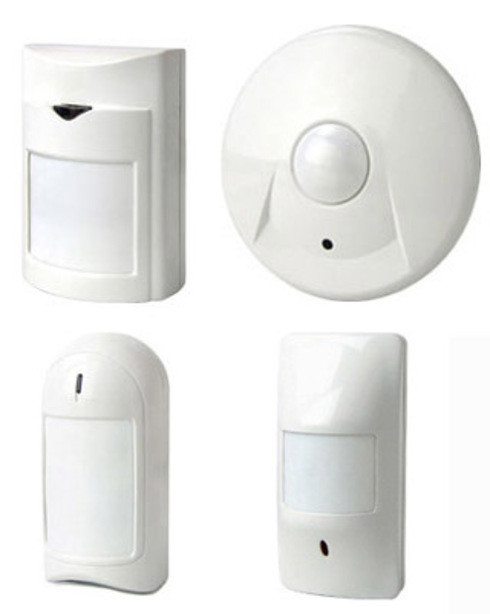
The higher the sensitivity of the device, the better it reacts to movement.... Also, products differ in the triggering zone. For large rooms and rooms with complex configurations, several sensors are required. Sometimes, when checking, the device does not respond to a person. In this case, you will have to adjust the sensor by increasing the sensitivity.
The specified time interval affects how long after the object appears in the field of action, the signal to turn off the luminaires will be given. For example, if you do not need the light to go out and on every time you pass along the corridor, you just need to set the appropriate setting. The sensor will start to work in the specified number of minutes after the movement starts. The minimum time interval is 5 seconds and the maximum is 10 minutes.

What to look for when buying
The sensor is controlled and adjusted using buttons. Switching modes should be easy. It is most convenient when the potentiometer controls are located on the front side, not on the back. In this case, you do not have to remove the sensor every time to adjust.
Expensive models react to natural light and turn off the lights in the room, even if there are people there. Naturally, such devices are suitable only for those rooms that have windows that let in the sun's rays. Housings of modifications for outdoor installation are tightly sealed to protect from atmospheric precipitation and sunlight.
Manufacturers offer many high-tech "smart" devices. For example, devices have recently appeared that can communicate with the owner via a mobile network and inform him about the entry into the territory.
Some firms offer cheap outdoor sensors designed for LED bulbs, which are usually included in the kit. The device reacts to changes in illumination, including light bulbs at nightfall. At the same time, no reaction occurs to movement, that is, the lamp burns throughout the night. In fact, this is a standard switch that cannot be turned off by yourself. Manufacturers claim that LEDs are economical enough that no more light will burn over the whole night than during an hour of continuous operation of an incandescent lamp.
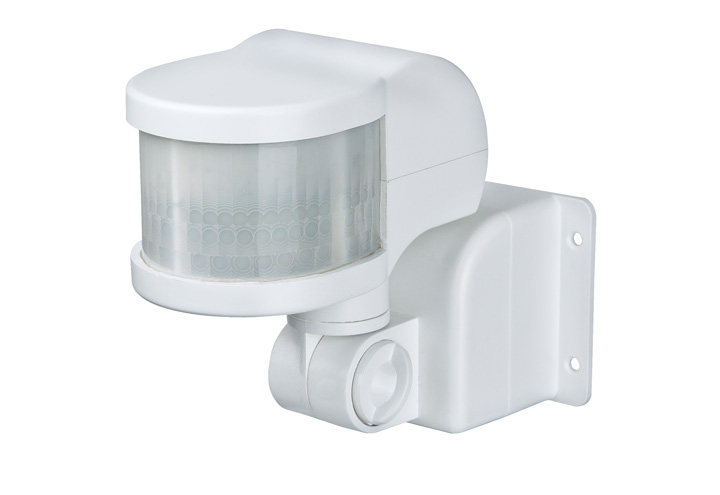
Installation
You can do the work on installing the sensor yourself. First, they draw a plan of the room and calculate the location of doors and passages along which people most often move. Then they make up the simplest electrical circuit or take a ready-made one from the Internet.
Connecting a sensor is no more difficult than a classic switch. It closes or opens the electrical network in the same way. If you work with electrical wiring yourself, follow safety precautions.
There are many connection schemes. In a long corridor, it will be optimal to install a pair of sensors with a daisy-chain connection. In this case, the direction of your movement is automatically determined, and the sensor sends a signal. As a result, the light turns off, past which you have already passed.
It is interesting. It is very important to set up your device correctly. The sensor should instantly work, and the light should be turned off after a certain period of time and not lit for too long.
Without special skills, it is quite difficult to carry out the installation correctly. To avoid having to deal with an electrician and to avoid installation errors, consult a trained professional. Installing a motion sensor is an affordable way to improve and automate your home. The money spent on the device and installation work will certainly pay off.
Advice. Do not install damaged electrical appliances that will cause short circuits or malfunction.
To avoid common problems with the sensor, it is enough to combine it with a switch. Then you can easily turn off the sensor when you no longer need it. You will be able to adjust the lighting manually, using a switch, or completely turn off the device. 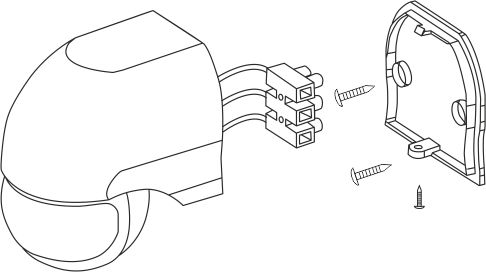
With the development of technology, sensors have appeared on which there are already on and off buttons, but they are not reliable enough. If you wish, you can buy such a product, and if you use it carefully, it will last more than one year.
Disadvantages and Benefits
Of course, in addition to advantages, light sensors also have disadvantages. You may have to constantly change the interval or sensitivity, which is inconvenient. The problem is easy to solve by purchasing an expensive model with a control panel. But for some, such an acquisition will be too costly. Cheap items can easily go off after each pass of a dog or cat, and the blinking light annoys others. If the device fails and you don't have a key to turn it off or you don't have a backup light source, many problems can arise. The lamp may go out, start blinking, or burn tirelessly at all.
It is interesting. Objects within the sensor's range, such as a chandelier or glass, reduce the efficiency of the device.
The sensors were originally designed for installation in banks and offices. Often they were synchronized not only with lamps, but also with alarms. Then these devices migrated to private houses and apartments. We can say with confidence that motion sensors are not a tribute to fashion, but useful devices that are improved every year.
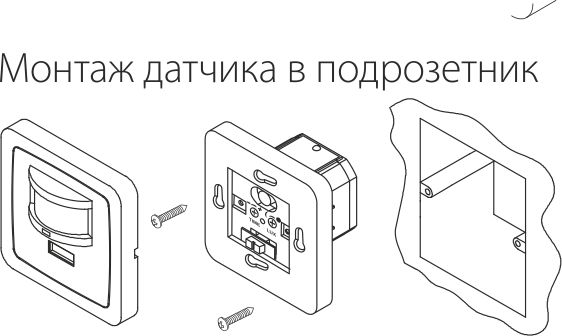
When considering whether the sensor is useful in the household, take into account your own needs and room parameters. You shouldn't put sensors on every room. They will become useful acquisitions only if their presence is justified. Buy products made by trusted, well-known brands. Look at the reviews on the websites about the manufacturer and the store in which you are going to place an order. Before starting the installation, be sure to read the instructions and make sure that the device is working properly.

